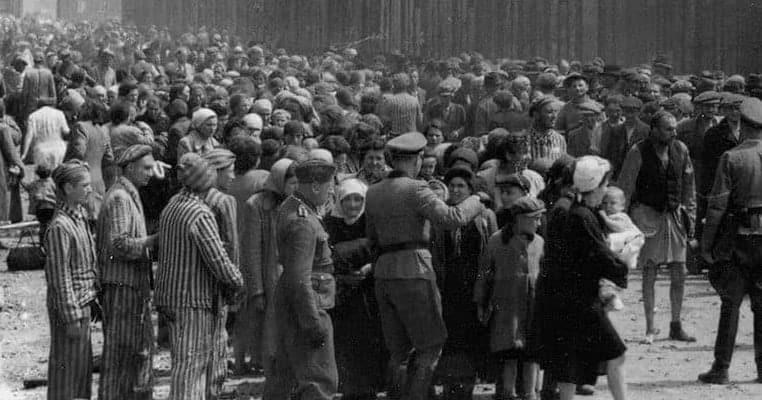Human history has had plenty of ups and downs. For every great triumph, there has been a great disaster. What’s more, history isn’t necessarily linear, with things getting better all the time. Indeed, there’s plenty of evidence to show that sometimes things can get worse – a lot, lot worse. But still, pinpointing single years as being shining examples of badness is very difficult. It’s much easier to identify terrible periods for humanity, that is, times of war or centuries where not much happened at all, with people’s lives equal measures boring and terrifying.
That said, however, some years were certainly worse than others. Some were standalone bad years – 12 months in which it all seemed to go wrong for humanity. Other bad years were simply nadirs set within a longer period of misery. That is, they were the real low points, the worst years of famines or wars or genocides. Of course, the question of what actually was the worst year in all of human history is one that is constantly up for debate. Indeed, there really is no right or wrong answer, no matter what some scientists or anthropologists might say. All we can do is put forward suggestions and back up our claims with facts and other historical evidence.
So here we have 17 years that may well have been the worst in all of human history:

17. 542 saw the start of one of the most devastating plagues in human history – and even the Roman Emperor it’s named after almost died from it.
Halfway through his reign, the Eastern Roman Emperor Justinian I fell seriously ill. He pulled through and went on to stay in power for another decade. However, many of his citizens were not so lucky. Indeed, the plague that ravished large parts of the world between 541 and 542 led to an estimated 25-50 million deaths. This means that around a quarter of the world’s population was wiped out in the space of two years. However, despite being one of the most devastating plagues in human history, the Justinian Plague has largely been forgotten.
While it peaked in the year 542, the plague lingered for another 200 years, and not just in the densely-populated city of Constantinople, the capital of the Eastern Roman Empire and where as many as 5,000 people a day were perishing. Notably, this was the first time that contemporary historians recorded a plague as it spread and took root. Thanks to them, we know that the Justinian Plague not only killed millions, it also led to a massive spike in grain prices, causing huge numbers of people to go hungry. All in all, then, 542 was a bad year to be alive, even if you were lucky enough to be one of the 60% who survived the plague.

